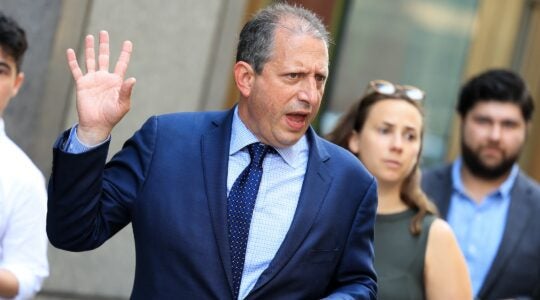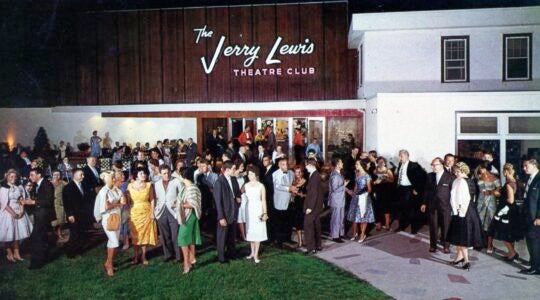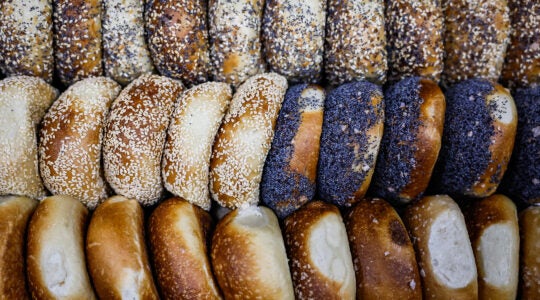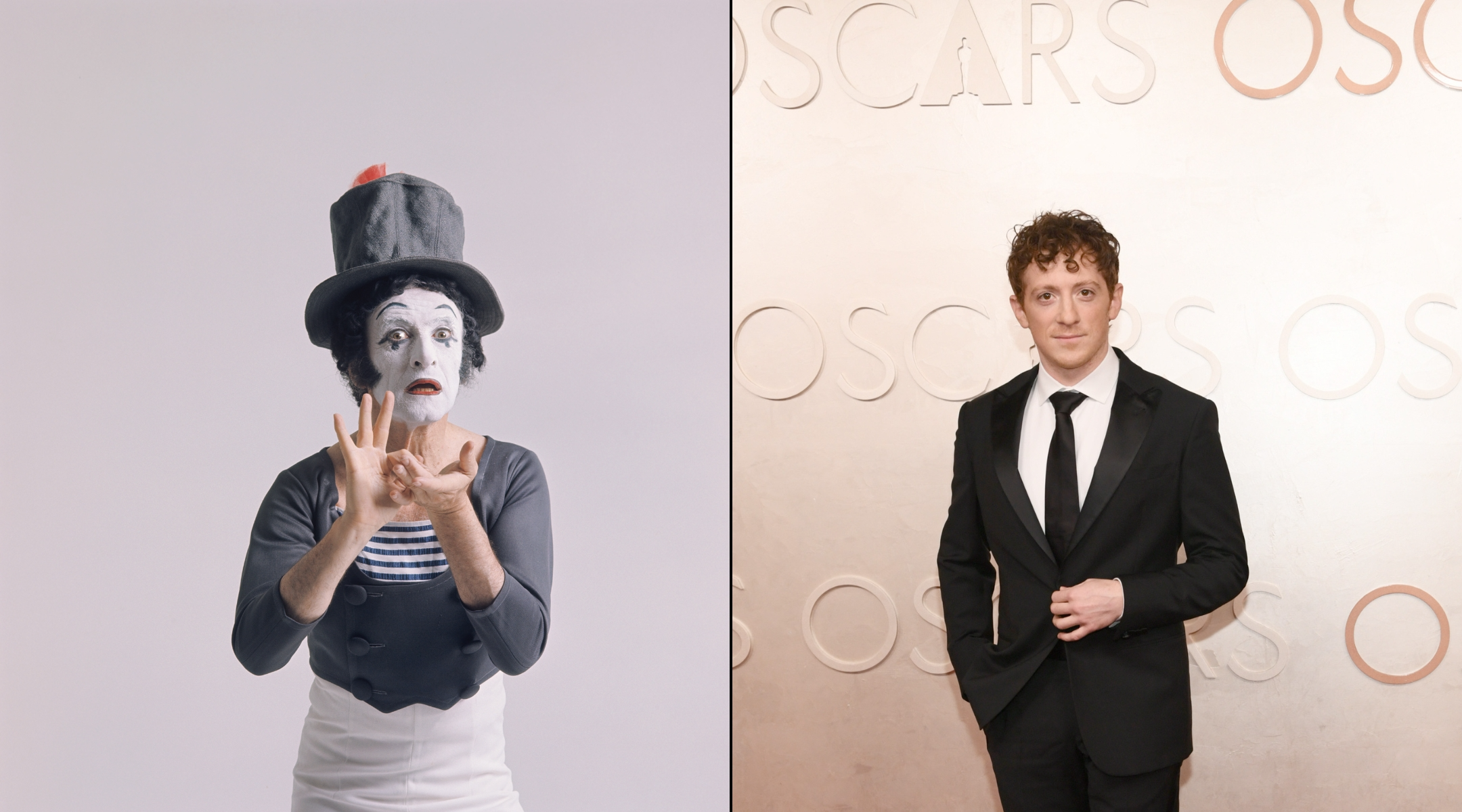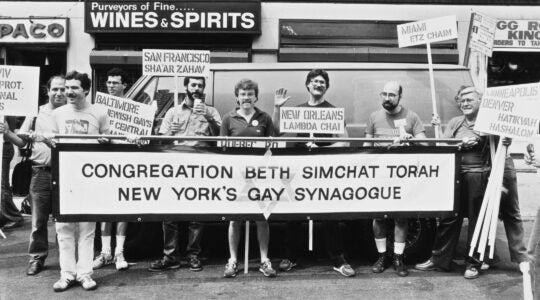Under Hebron’s night sky, a young bridegroom, Yaakov G., just hours before walking down his wedding aisle, walked a pebbly Hebron path to the Cave of Machpela, said to be a portal into the Garden of Eden.
Under the floor of a Herodian structure is a double-chambered cave where lie the bones of Abraham and Sarah; Isaac and Rebecca; Jacob and Leah. Before marriage, Jews traditionally visit the graves of ancestors, extending invitations to the wedding, and Yaakov was doing just that. With the first shards of sunrise, Yaakov joined the Vatikan service, the minyan of the dawn.
Yaakov, an Israeli student from Jerusalem, told us by phone, “When I was in the army, stationed nearby, we’d go to the Machpela for Shabbat davening. I wanted to go on the day of our wedding.” After all, he explained, Ma’arat HaMachpela means “the Cave of the Twos,” not only because of the cave’s twin chambers, but because of the three pairs of husbands and wives,” together for eternity.
Last month, UNESCO, the United Nations cultural oversight organization, declared the Machpela to be a Palestinian World Heritage site, endangered by Israel. The Palestinians called the ruling well-deserved. Prime Minister Netanyahu called it “delusional.” Yaakov, in the Machpela, saw the chambers as a source of dreams, enchantment and biblical-level romance.
Abraham paid 400 shekels in silver to Efron the Hittite for the Machpela. He overpaid, if a cave is just a cave, but if location is everything, then a cave adjacent to Eden is choice. Mystics say that Adam, exiled from the Garden, saw rays of light coming from the cave, he sensed the fragrance of his lost Eden, and chose it as a final resting place for himself and Eve. Abraham, years later, when he discovered the cave, saw Adam and Eve lying side by side, as if asleep. Abraham was determined to be buried there, as well.
Most Hebron stories are less pleasant. In 1980, a group of yeshiva students after Friday night in the Machpela, were ambushed, swarmed by bullets and grenades that killed six of the boys. The killer, Tayseer Abu Sneineh, was captured, sentenced to life imprisonment and walked free in three years. In May of 2017 he was elected mayor of Hebron. Asked about the murders, the mayor said, “They all were armed settlers and soldiers, no women or children. … We wanted to send a message to the settlers that this is our city and they have to leave.”
In recent decades, Jewish reaction ranged from appeasement to murder. In 1967 Gen. Moshe Dayan ordered (in a move that was later overruled) that the Machpela be a mosque only, no Jews allowed. In 1994, Baruch Goldstein shot 29 Arabs kneeling in prayer at the Machpela, an act vehemently condemned by just about every leader in Israel, outside Goldstein’s Kach party. The 1995 Wye Accords then divided the Machpela, giving the Islamic Waqf the larger “Isaac” section and the only known entrance to the cave itself; the Jews got the smaller “Abraham” and “Jacob” areas, but each religion gets 10 days of their choice when the Machpela is theirs alone.
Hebron is legally divided between the Arab sector, designated “H1,” 97 percent of Hebron’s area, with nearly 50,000 Arabs, and the Jewish sector, “H2,” a single neighborhood with around 90 families needing constant IDF protection. Hebron’s Arabs are said to have the strongest municipal economy in the Palestinian Authority, with 55 percent of the PA’s commercial activities.
The Hebron Fund, a Brooklyn-based charity, raises over $2.2 million annually for Hebron’s Jewish poor; arranges life-cycle events in the Machpela; and provides support for Israeli soldiers. Aside from the Machpela, tourists to King David’s first capital can visit the tombs of Yishai (King David’s father); the biblical Ruth; Ramban (Nachmanides), the eminent scholar; and a museum in Beit Hadassah, the medical clinic established in 1893.
Rabbi Daniel Rosenstein, the Hebron Fund’s director, still can’t believe the recent election. “A murderer is now the mayor of Hebron? And you should know, the six murdered boys weren’t armed, weren’t settlers, and weren’t soldiers.”
As for not hurting “women or children,” well, there were no women or children at the scene. But what about the Arab riots of 1929, said Rosenstein. When the screaming stopped, 67 Jews were murdered; 66 were wounded; Jewish women were raped, if not killed; and children were slashed by swords. There were scenes, reported The New York Times, “of a most barbaric slaughter.”
But most remarkable, reported The Times, soon after the riots there was “an alarming story spread by Moslems [that] struck great terror among them.” It was said, with so many Jews killed, and with such cruelty, “the spirit of Abraham has been moved to wrath, and nightly from his burial place in the Cave of Machpela … a low moaning is heard, followed by a wail, then words uttered indistinctly at first, then clearer: ‘Why have ye slaughtered my children? Why did ye shed innocent blood?’” The Arabs, reported The Times, “are said to be terrified and many are … seeking means to propitiate the wrath of the Patriarch.”
The murderous rampage left the Jews even more terrified, and no Jew lived in Hebron for nearly 40 years, until the centuries-old community, now called a settlement, returned after the Six-Day War.
Few remember, but Jerusalem and Hebron were once equally appealing to Jewish pilgrims. The New York Times reported, “There are two Wailing Walls in Palestine; one in Hebron and one in Jerusalem.” Not allowed in the Machpela, Jews would stand near a small hole thought to be above the cave, into which they’d deposit letters to Abraham, much as notes are left today at the Lubavitcher Rebbe’s grave in Queens.
In 1914, Henry Morgenthau, the United States ambassador to the Ottoman Empire, “desired to see the land which once belonged to Israel,” reported The Times. The Jewish ambassador visited Jerusalem but not any Jewish site in particular. Instead, he went “to Hebron and … the Cave of Machpela.”
He found a Hebron where Jewish life was thriving. An Orthodox Jew presided over the Anglo-Palestine Bank; the renowned Slobodka Rabbinical School recently moved to town; there were Jewish elementary schools; and Chabad first came to town in 1845. To greet Morgenthau, it was reported, “a triumphal arch spanned the road, and Jewish school children sang songs of welcome.”
After the Six-Day War, singing returned to the Machpela. Rabbi Sam Intrator, one of Rebbe Shlomo Carlebach’s confidants, told us, “Outside of Shlomo’s own shuls, probably the first ‘Carlebach minyan’ in the world was at the Machpela. Shlomo told me many times how proud he was of that.”
Today, the Machpela is not on the itinerary for most Jewish tours or Birthright. Israel Foger, an Israeli now living in the United States, told us, “Before my son’s bar mitzvah, we planned to go to the Machpela where he would put on tefillin for the first time. We invited all our family and friends who were in Israel. Our American friends said they’d gladly join us; our Israeli family refused to go. They said it was a political act, it was crossing the Green Line, they felt uncomfortable. So my son, Dov, put on tefillin for ‘the first time’ twice, once at the Machpela, with those who would go; once in Jerusalem, for those who wouldn’t, a sad sign of our division.”
The Hebron Fund’s Rosenstein mused about “three places in Israel that we purchased, places no one can say we stole: the Machpela (by Abraham); Joseph’s Tomb in Shechem (by Jacob); and the Temple Mount (by David). Today,” he said, “we can’t pray on the Temple Mount, because the Jewish presence there is zero, and you see the riots. We can’t pray at Joseph’s Tomb, because the Jewish presence there is zero, and it was burned down. And it’s only because of the 90 families in Hebron that we can go to the Machpela. Because of them, there’s infrastructure, soldiers, tourism, all keeping the Machpela in Jewish hands.”
Rosenstein isn’t afraid of UN resolutions. After the Security Council Resolution 2334, declaring Jerusalem’s Jewish Quarter to be Palestinian, “Jews more than ever” are asserting their right to daven at the Kotel. With the UNESCO vote, “we’re going to see at least 50,000” coming [to the Machpela] on Sukkot and again on Shabbos Chayei Sarah,” when the Torah reading is of Abraham, Sarah and the cave. “Another big day will be Rosh Chodesh Elul [Aug. 22],” when thoughts turn to Rosh HaShanah, and visiting the dead is a seasonal tradition.
UNESCO says the Machpela is Palestinian, so watch, said Rosenstein: “Jews from all over will be coming to the Machpela.”
We have family there.
The New York Jewish Week brings you the stories behind the headlines, keeping you connected to Jewish life in New York. Help sustain the reporting you trust by donating today.
